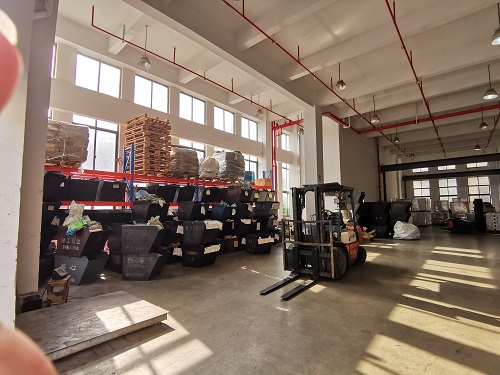Tariff adjustments in the US and Southeast Asia benefit overseas customers purchasing Chinese goods
2025-10-30
The bilateral tariff agreements concluded by the Trump administration with Southeast Asian nations such as Malaysia and Cambodia have opened new avenues for third-party transshipment trade between China, Southeast Asia and the United States. By establishing a tariff benchmark of 19%-20% alongside market access provisions, these arrangements deliver triple benefits to overseas clients sourcing Chinese products: reduced costs, expanded selection and improved delivery timelines.
For overseas clients, the core benefit lies in significant price advantages. US tariff levels on Southeast Asia are substantially lower than those imposed on certain Chinese goods. After compliant processing and transshipment through Southeast Asia, overseas clients can acquire high-quality Chinese intermediate goods—such as hardware products and electronic components—at more affordable prices without bearing high tariff costs. Combined with cost optimisation from zero consumption tax and efficient logistics in transit hubs like Singapore, this further reduces overall procurement expenses.
China's comprehensive industrial chain spans diverse products, from high-value semiconductor components to cost-effective light industrial goods. Overseas clients can unlock richer Chinese sourcing options through transshipment channels. Leveraging the mature supply chain coordination and emergency response mechanisms between China and ASEAN, goods face reduced vulnerability to trade fluctuations, significantly enhancing delivery reliability.
The efficient logistics networks of Southeast Asian hubs, exemplified by Singapore's 24-48 hour rapid transhipment capability, shorten overseas clients' delivery cycles, meeting high-frequency procurement demands. Concurrently, the transhipment process leverages the robust legal frameworks and transparent oversight of transit nations, ensuring standardised trade documentation and streamlined customs clearance. Overseas clients need not concern themselves with compliance risks, resulting in a smoother procurement experience.


























